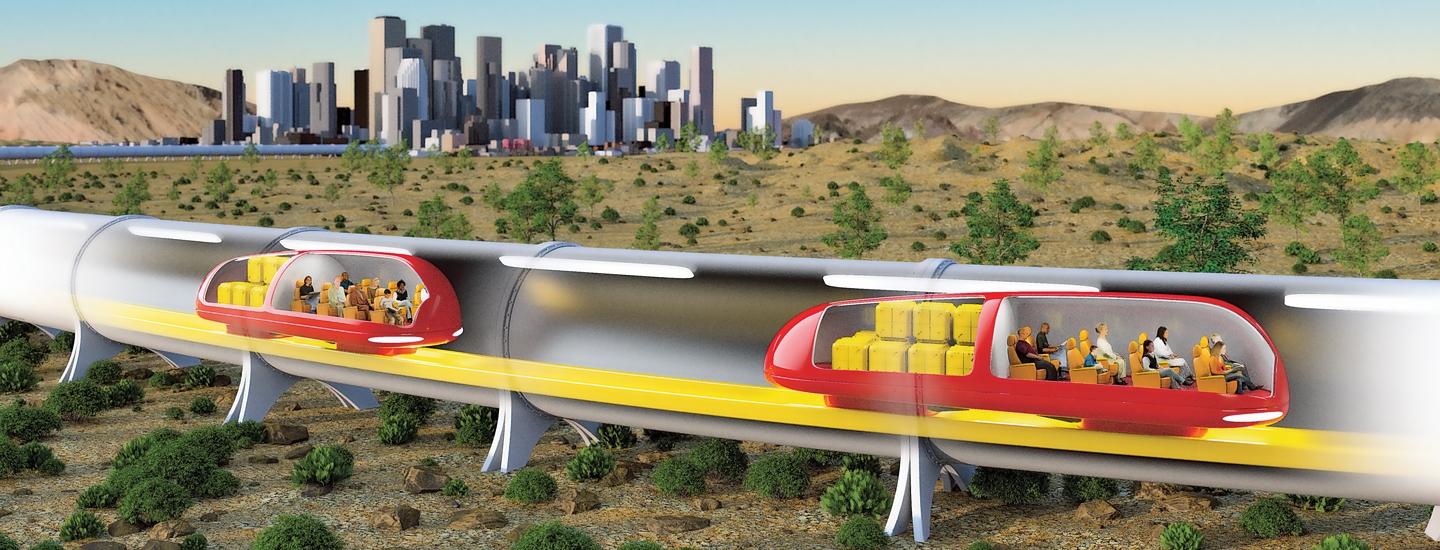The trip from Houston, Texas, to Cheyenne, Wyoming, is long. Driving between the two cities takes more than 16 hours. But they could one day be linked by a new form of transportation: a high-speed electric train called a hyperloop. This futuristic system could whisk passengers from Houston to Cheyenne in about an hour and 50 minutes.
This past spring, a California company called Hyperloop One finished building a test track in the Nevada desert. There, the company plans to perfect hyperloop technology before building a system the public can use. Hyperloop One recently announced 11 possible routes in the U.S., including the one between Cheyenne and Houston (see Speedy Travel).
“People are always looking for ways to travel faster,” says Maria Yang. She’s an engineer at the Massachusetts Institute of Technology (MIT). Yang and her students are among hundreds of engineers around the world working to make the hyperloop a reality.
The trip from Houston, Texas, to Cheyenne, Wyoming, is long. Driving between the two cities takes more than 16 hours. But they could one day be linked by a new high-speed train. It’s called a hyperloop. This system would whisk people from Houston to Cheyenne. It would take about an hour and 50 minutes.
A California company called Hyperloop One built a test track. It was finished this past spring. It’s located in the Nevada desert. There, the company plans to perfect hyperloop technology. Then it will build a system the public can use. Hyperloop One recently announced 11 possible routes in the U.S. They include the one between Cheyenne and Houston (see Speedy Travel).
“People are always looking for ways to travel faster,” says Maria Yang. She’s an engineer at the Massachusetts Institute of Technology (MIT). Yang and her students are working on the hyperloop. They’re among hundreds of engineers around the world helping to make the train a reality.

